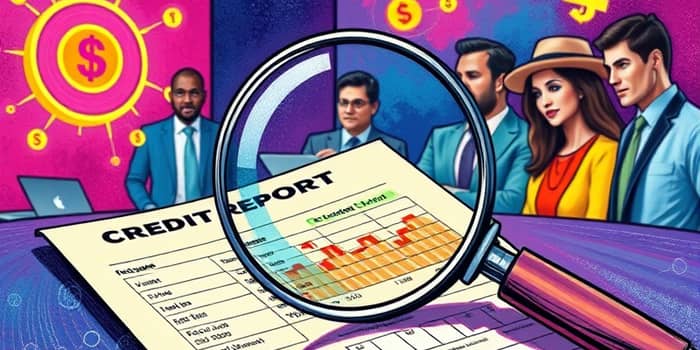
Understanding how lenders review your credit history is crucial for anyone seeking a loan, mortgage, or even a new credit card. A credit report is more than just a list of numbers—it reflects your financial behavior and standing. In this article, we’ll demystify the credit report, explain scoring models, and reveal how lenders use this information to make critical decisions.
Your credit report is a comprehensive summary of your borrowing and repayment history. Lenders rely on this document to gauge your overall financial responsibility before offering new credit.
Three major agencies—Experian, Equifax, and TransUnion—collect and maintain this data. Each may report slightly different details, but lenders often pull from one or more to get a full picture of your credit health.
Credit scores, ranging from 300 to 850, are numeric summaries of your credit report. Higher scores indicate better risk profiles. Lenders use these figures to quickly assess creditworthiness.
In addition to general scores, there are industry-specific scoring models—for example, auto loan or credit card scores that range up to 900. These tailor risk assessment to particular lending products.
When you apply for credit, an underwriting team reviews your report within the framework of the Five C’s of Credit. These criteria help them determine if you pose an acceptable risk.
Below is a breakdown of each credit evaluation component:
During underwriting, lenders examine each element carefully. They look for patterns—late payments, high balances, or frequent inquiries—that might signal future problems.
Modern lenders don’t just stop at traditional credit reports. The rise of technology has introduced new dynamics in the industry.
One such trend is the use of "trigger leads." When your report is pulled, certain firms may purchase this information to market loans to you. While this can offer opportunities, it also increases the number of unwanted credit offers you receive.
Additionally, credit scoring continues to evolve. Models like VantageScore compete with FICO, employing different algorithms and data interpretations. Understanding which model a lender uses can help you tailor your credit strategies.
Staying on top of your credit profile can open doors to better rates and terms. Consider these actions:
Implementing these steps will help you build long-term financial resilience and position yourself as a low-risk borrower.
A well-managed credit report is your passport to favorable loan terms and financial opportunities. By understanding what lenders look for and acting proactively, you can take control of your financial future.
Regularly monitoring your credit, correcting errors, and following sound credit practices will ensure you present the best possible profile to lenders. Armed with knowledge and discipline, you can navigate the lending landscape with confidence.
References













